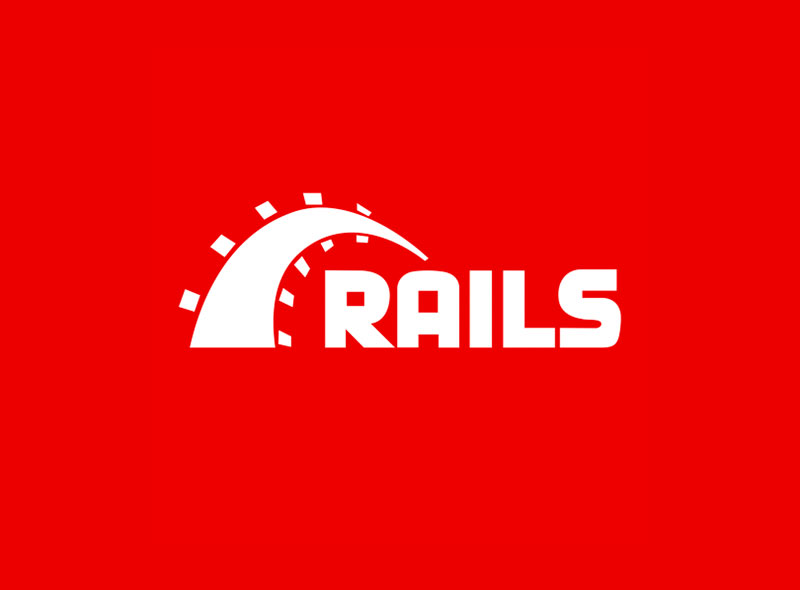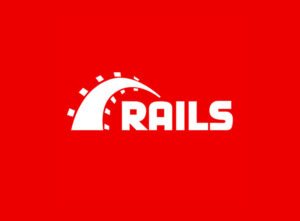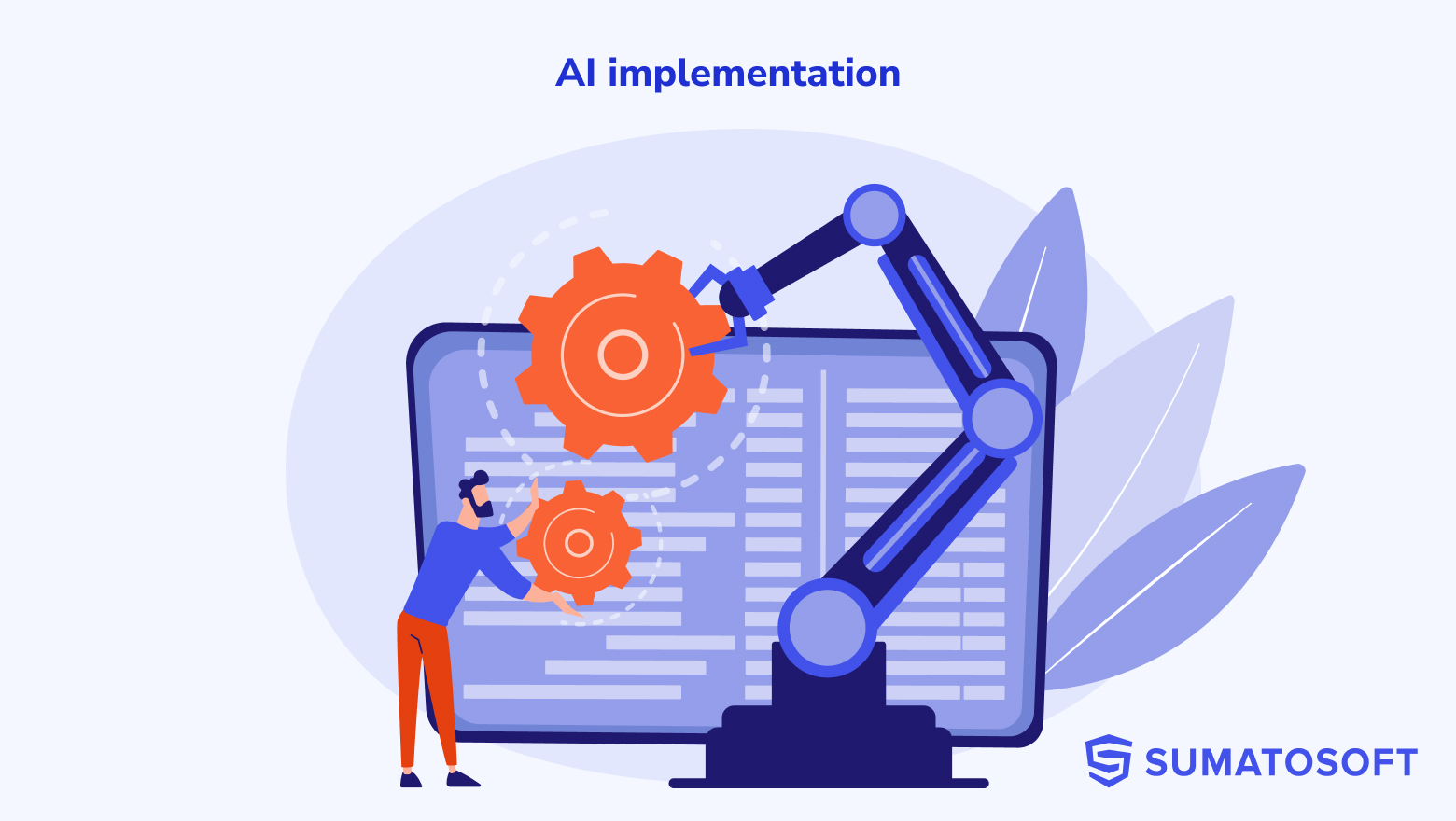The Ultimate: Top 15 Ruby on Rails Development Companies in 2025


Ruby on Rails is a framework widely applied by both tech and non-tech companies since it brings a wide range of benefits, such as high development speed, low costs, and low risks when a software development team is replaced with another one.
A number of popular companies and brands took advantage of Ruby on Rails and, as a result, introduced top-notch solutions to the world. The most vivid examples are Airbnb, Shopify, and SlideShare.
If you have decided that Ruby on Rails should serve as the basis for your future software product and are in search of a trustworthy company that provides RoR web development services, this article is for you.
SumatoSoft Analytics Center has carried out research and compiled the list of the best 15 Ruby on Rails development companies to lend you a helping hand and enable you to find a reliable and experienced RoR development firm.
Take a look at this list of Top 15 Ruby on Rails development companies and choose a trustworthy technological partner that will build a modern and robust RoR web solution to open up new opportunities for your business.
1. SumatoSoft
SumatoSoft is the first on the list of the leading 15 Ruby-on-Rails development companies in 2025. SumatoSoft is one of the top RoR development companies with extensive experience in a wide range of software development services: prototyping, UX/UI design, business analysis, RoR web development, mobile app development, quality assurance and testing.
As a prominent Ruby-on-Rails development firm, SumatoSoft has a solid background in delivering custom solutions to multiple business domains, including healthcare, fintech, adtech, transport & logistics, education, media, and many others.
The company builds IoT and SaaS products, AI-based and ML-powered solutions, big data solutions, and progressive applications. User-driven development enables SumatoSoft to deliver top-tier Ruby-on-Rails software development services.
Development
Development services of unmatched quality and build reliable & transparent cooperation.
- Project management
- UI & UX design
- Web & mobile development
- Quality assurance
Staff Augmentation
Ready-to-go and a custom-hired team of software engineers, Scrum Masters, Designers, and QA specialists .
- Web developers
- Mobile developers
- Designers
- QA & Testing engineers
2. HiQo Solutions
HiQo Solutions is a Ruby on Rails company that provides RoR web development services for startups, small & medium-sized businesses and enterprises from various business domains.
The firm specializes in web design and development, custom software development, IoT development, e-commerce software development and technology consulting services.
The team of HiQo Solutions are qualified Ruby on Rails professionals with strong background and diverse experience in providing RoR development services.
3. Rubyroid Labs
Rubyroid Labs is a Ruby on Rails development company that specializes in designing websites and web applications, as well as building iOS and Android mobile solutions.
With extensive experience (over 5 years) in providing RoR software solutions for multiple business domains, Rubyroid Labs has delivered more than 60 projects for startups and SMBs in the U.S. and Western Europe.
4. Railwaymen
Railwaymen is another firm on the list of the leading RoR development companies. The company brings together professionals who prefer Ruby on Rails to all other frameworks and technologies.
Railwaymen provides UX/UI design, iOS and Android mobile app development, custom software development, CRM development and other Ruby on Rails services.
5. United Ideas
United Ideas is a RoR development agency with deep expertise in design and development of web and mobile solutions.
The company is an expert in Ruby on Rails web development, as well as UX/UI design. Apart from this, United Ideas has expertise in data science and big data, machine learning and computer vision.
United Ideas offers its services startups, small companies and agencies.
6. UNL IT Solutions
UNL IT Solutions is a company that offers Ruby on Rails development development services and provides its clients with experienced RoR developers. The firm has delivered multiple RoR-based software solutions to companies from various industries.
UNL IT Solutions utilizes Ruby on Rails to build high-load solutions, custom software, social media platforms and more. In addition, the firm specializes in mobile app development, QA & testing, IT consulting & staff augmentation.
7. SimbirSoft
SimbirSoft is a Ruby on Rails company that delivers RoR development services to organizations from a number of business domains: oil & gas, construction, healthcare, finance, education, retail, telecommunications and more.
The company provides its customers with top-tier software development and quality assurance services, and delivers high-end web applications.
8. Exadel
Exadel is a tech company with over 20 years’ experience that offers Ruby on Rails web development services and builds software solutions based on open source technologies.
Along with Ruby on Rails, the firm’s technology stack includes .NET, Python, PHP, Java, Node.js, Angular, React and other frameworks, platforms and programming languages.
Exadel provides a number of software development services: UX/UI design, QA & testing, business analysis, enterprise software development, IoT development, ML-development, software development for wearables and more.
9. Visuality
Visuality is another Ruby on Rails company with extensive experience (over 12 years) in MVP development, prototyping, UX and visual design, project management and, of course, Ruby on Rails web development.
The company offers RoR development services to small and medium-sized companies and startups, and takes advantage of agile methodologies to deliver top-quality projects.
10. Railsware
Railsware’ name speaks for itself. This is a Ruby on Rails development company that has a solid background in UX/UI design, web and mobile app development, technology consulting and migration to Ruby on Rails.
Railsware builds top-notch software solutions with the help of Ruby on Rails, Node.js, Angular and other technologies.
11. Polcode
Polcode is a Poland-based software development company that provides custom RoR development services. with more than 1200 projects implemented.
The company has implemented over 1200 projects for more than 800 companies across the globe.
Polcode has more than 12 years of experience and consists of professionals: software developers, testing engineers, UX designers, project managers and customer support specialists.
12. DashBouquet Development
DashBouquet Development is a Ruby on Rails software development company with extensive experience in RoR web development.
Apart from web solutions, the company develops mobile applications (both native and cross-platform) for companies working in such domains, as transport, education and healthcare. DashBouquet Development is also a developer of several own software solutions.
13. Anadea
Anadea Inc is a tech company that has been providing Ruby on Rails development services for more than 15 years.
The company employs best software development practices to deliver top-notch solutions to customers.
Anadea is experienced in web design and development, mobile app development, QA & testing, business and tech consulting.
14. Twinslash
Twinslash completes our list of the leading Ruby on Rails development companies. The company has more than 17 years of experience in RoR development, in particular, CRM development, ERP development, website development, building adtech and geospatial software solutions.
Twinslash delivers its services to small and medium-sized companies from Canada, the U.S., Europe, Australia, and the United Arab Emirates.
Let’s start
If you have any questions, email us info@sumatosoft.com




